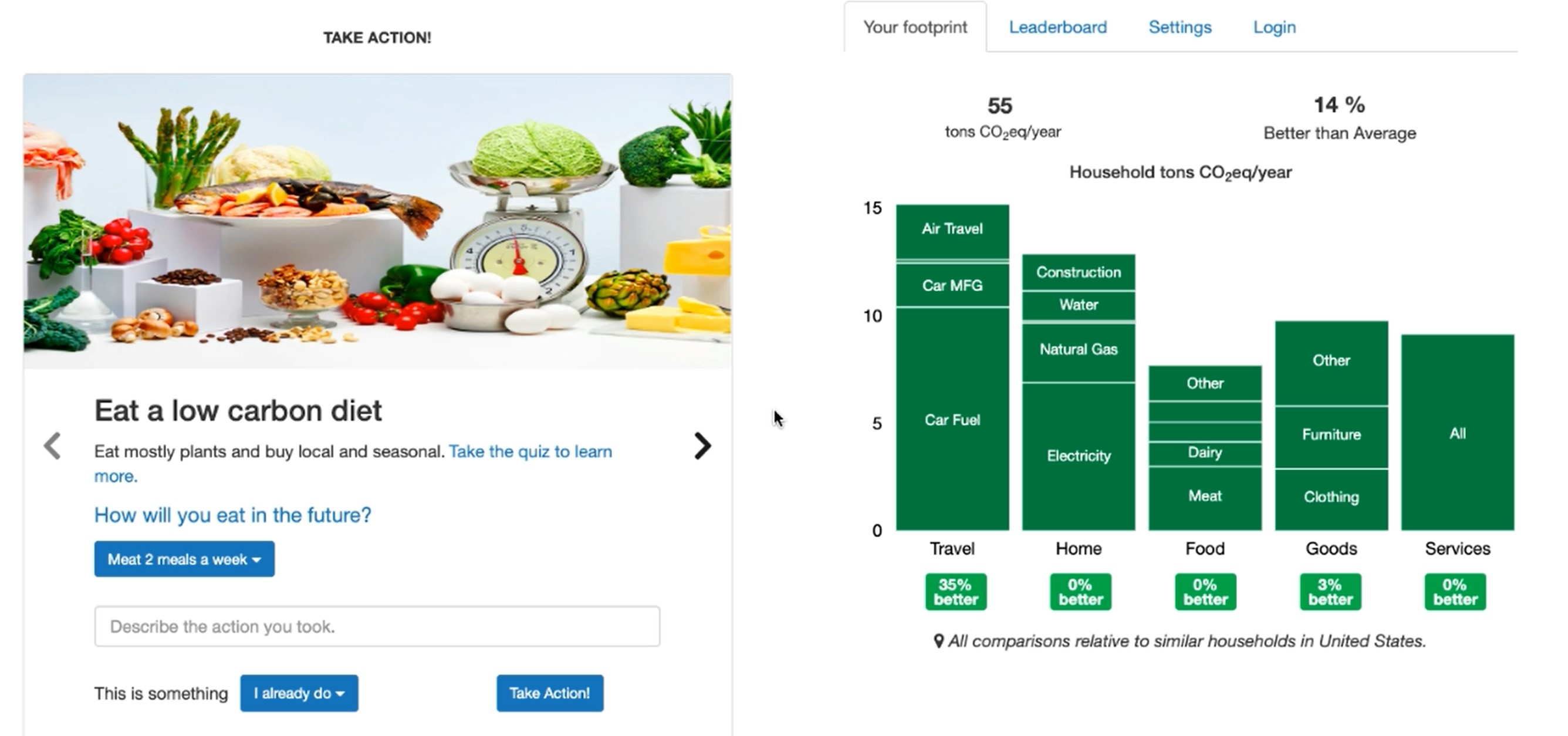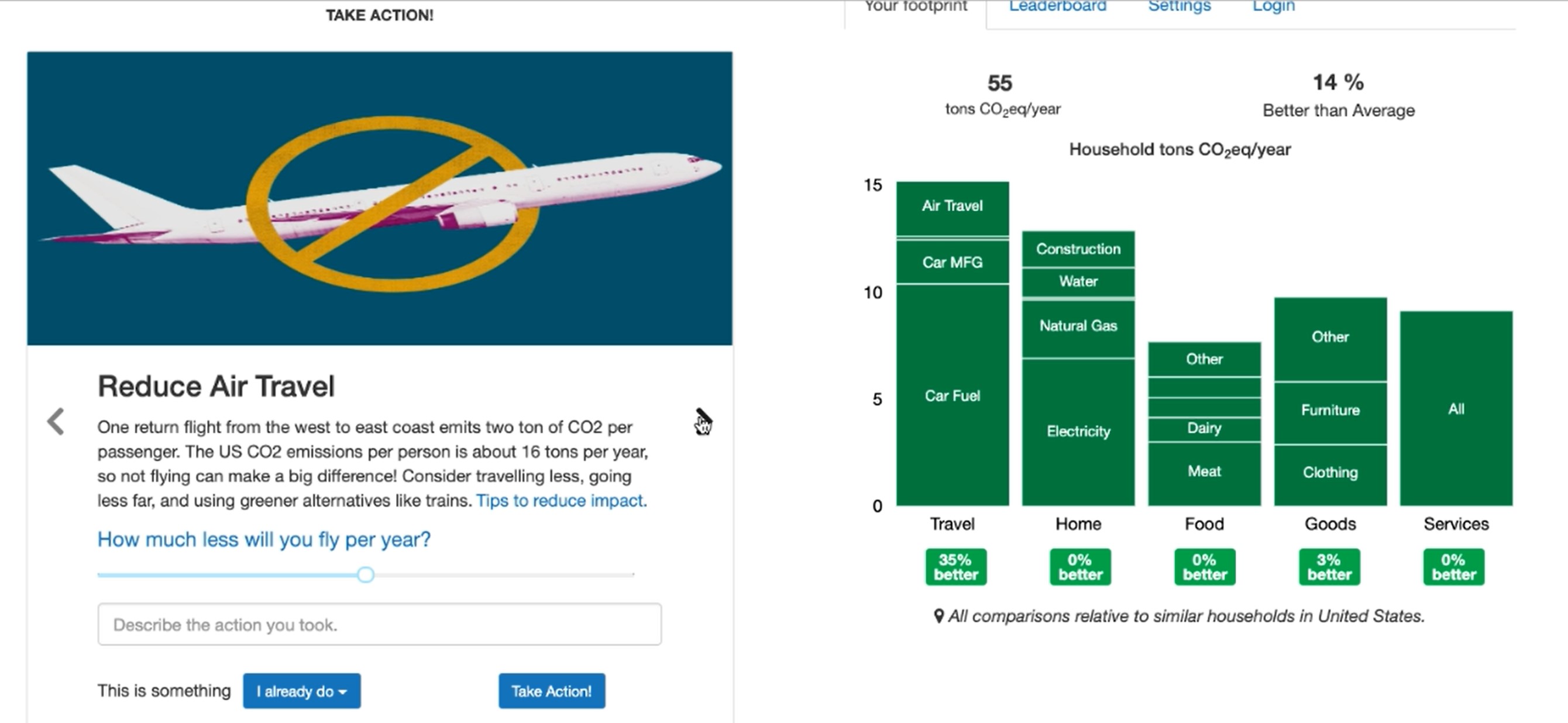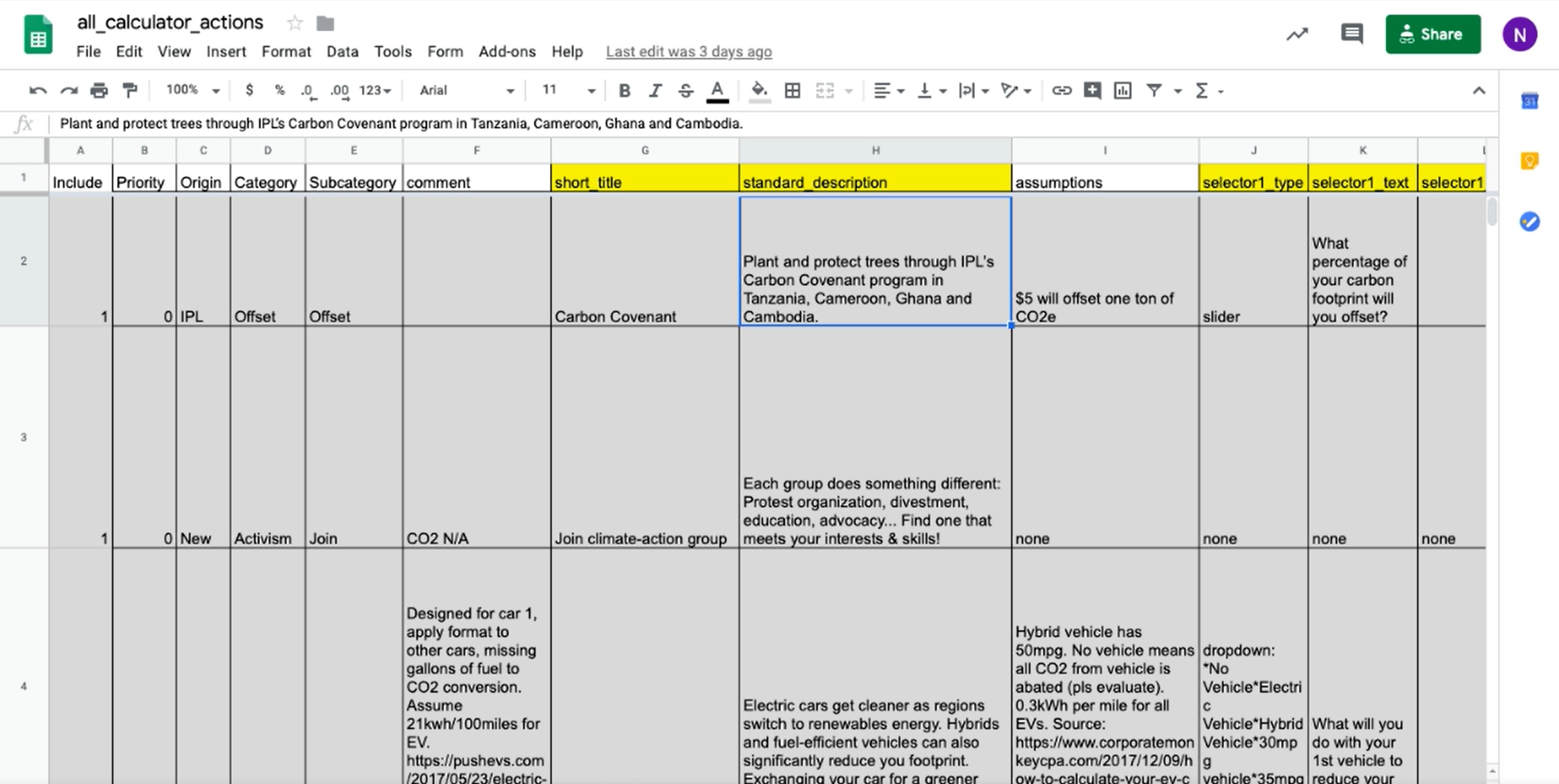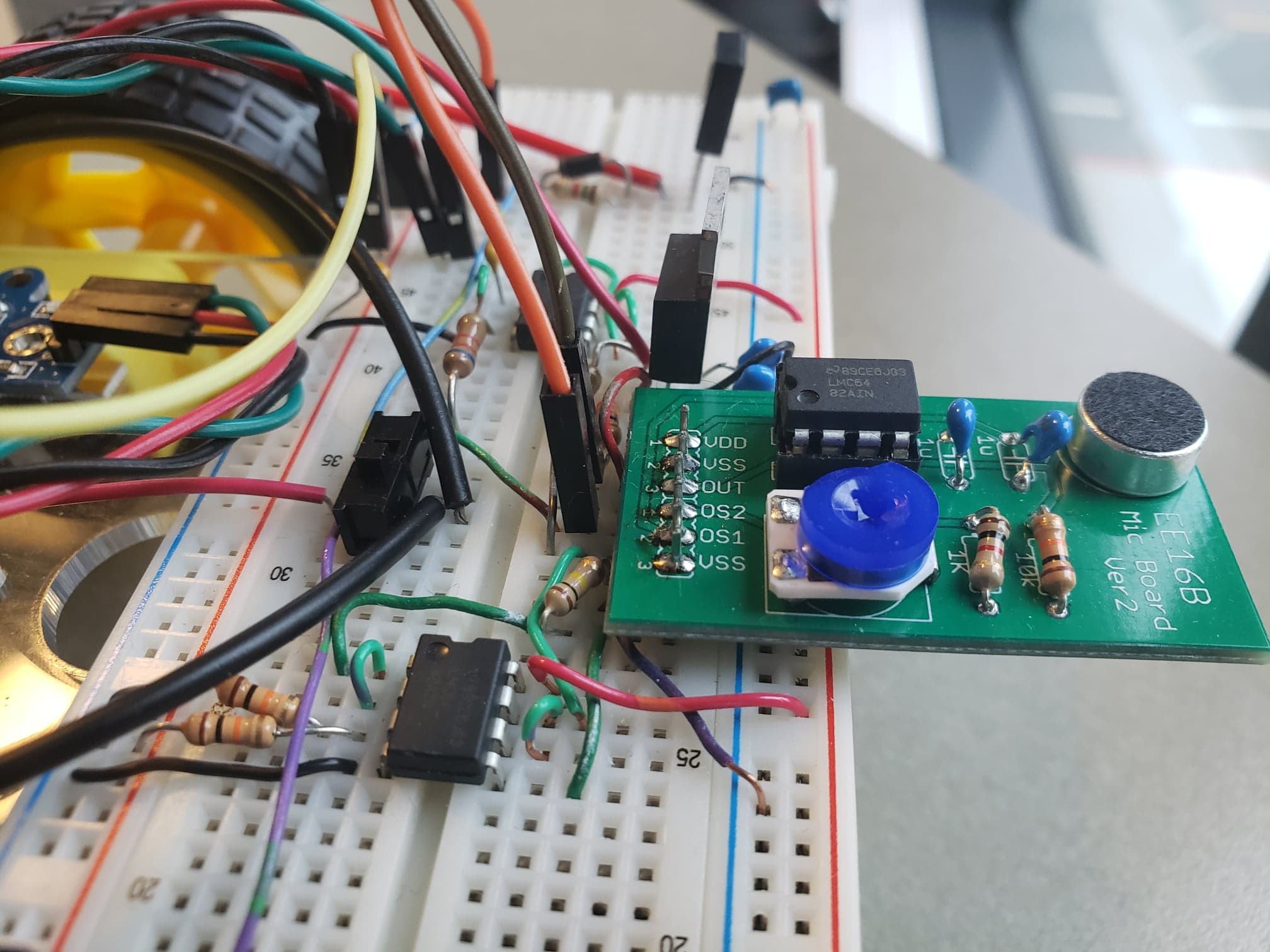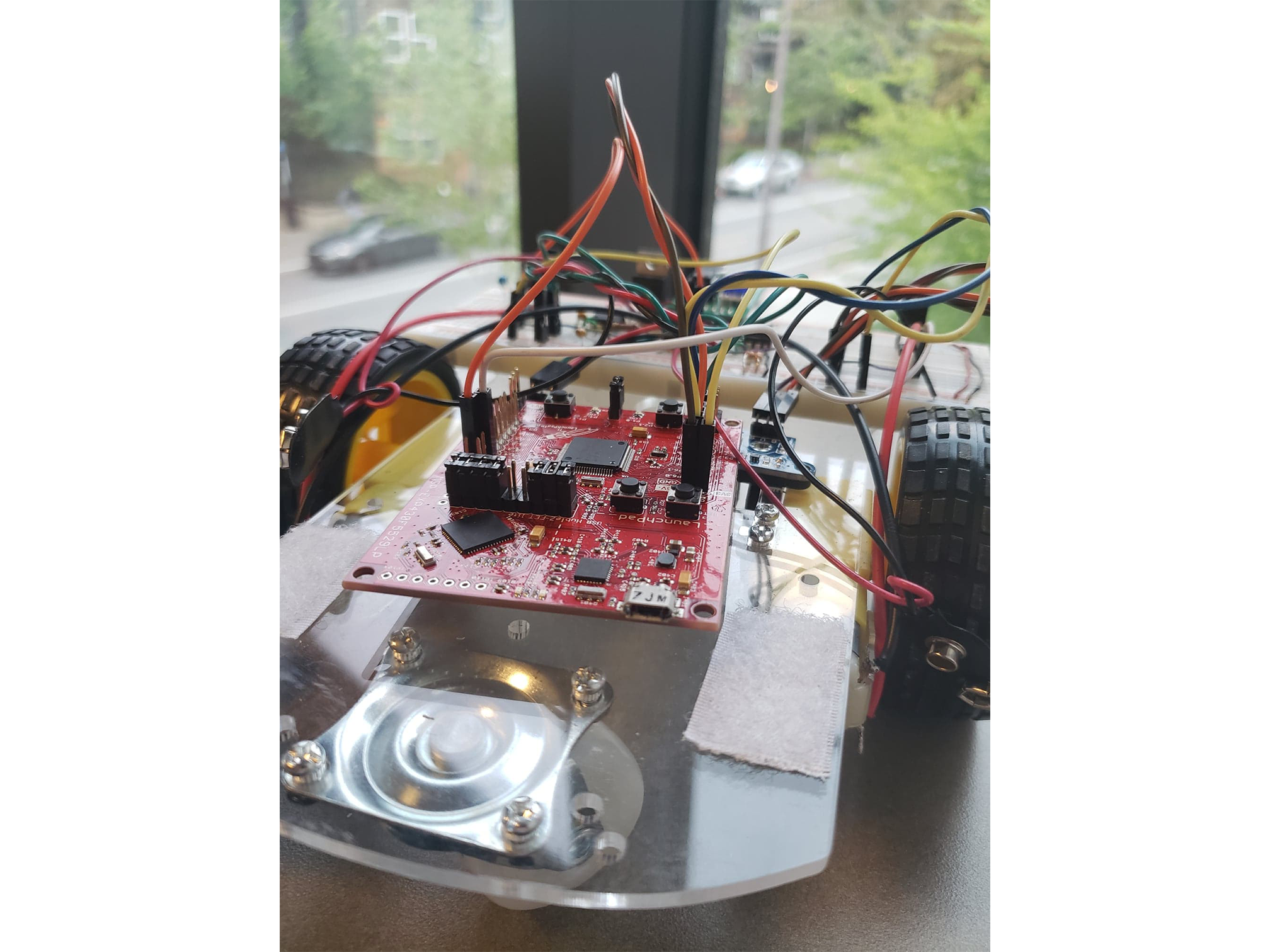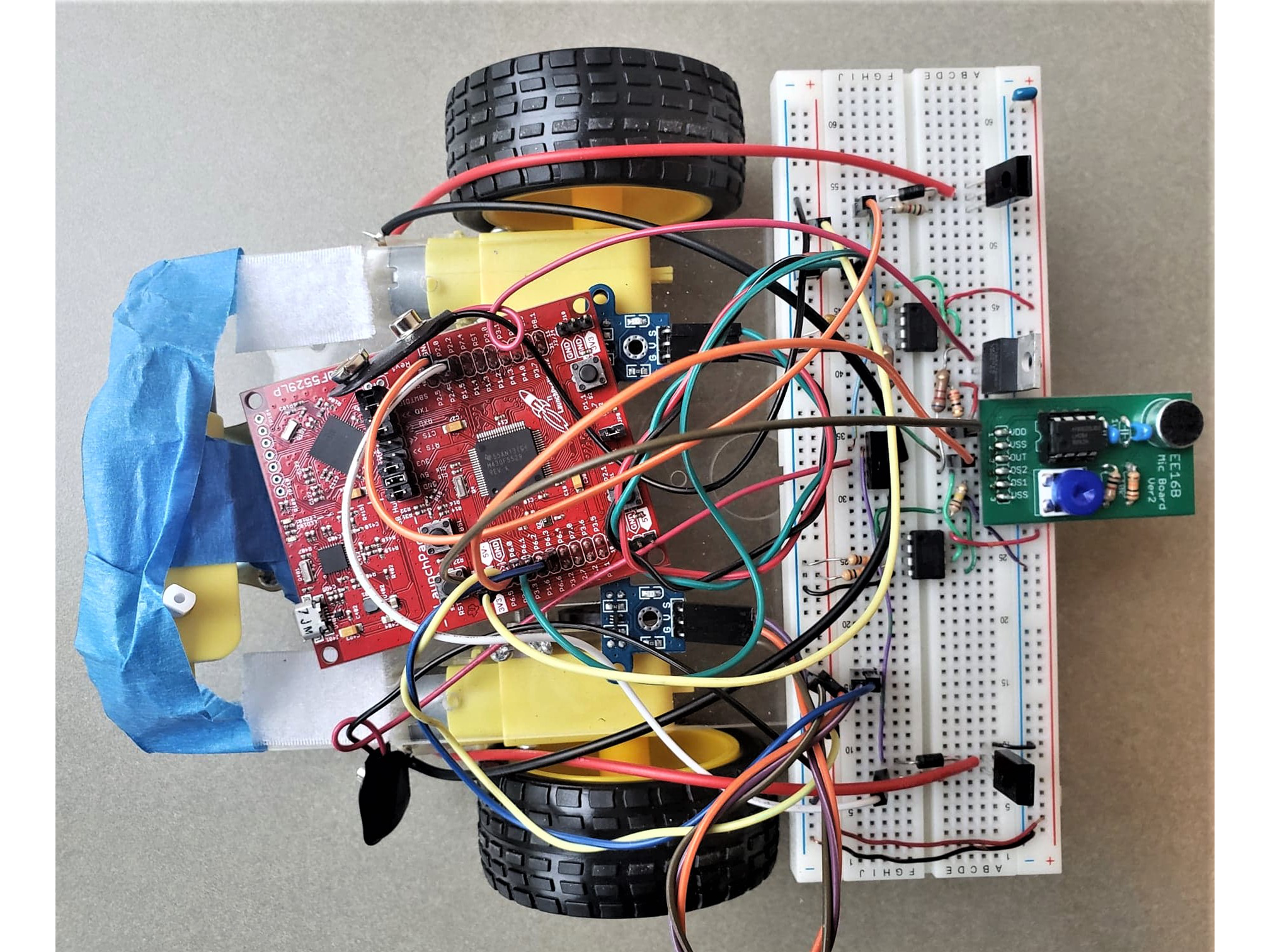Hi there! I'm Sam.
Currently
- Software Engineer at Tesla
Previously
- B.S. in Electrical Engineering & Computer Sciences at UC Berkeley (December 2020)
- 4 years of experience working with technology in a corporate setting
- 4+ years teaching and mentoring both children and undergrads
Areas of Interest:
- Sustainability
- Machine Learning
- Self-Driving Cars
- Software Engineering
- Project Management
- Teaching
- Java Programming
- C++ Programming
- Android Application Development
- JavaScript Web Programming
- Introduction to Unix
- Structure & Interpretation of Computer Programs (CS 61A)
- Data Structures (CS 61B)
- Ideas in Computer Architecture (Machine Structures) (CS 61C)
- Designing Information Devices & Systems (EE 16A/B)
- Discrete Mathematics & Probability Theory (CS 70)
- Efficient Algorithms & Intractable Problems (CS 170)
- Computer Security (CS 161)
- Introduction to Machine Learning (CS 189)
- Introduction to Artificial Intelligence (CS 188)
- Introduction to Database Systems (CS 186)

